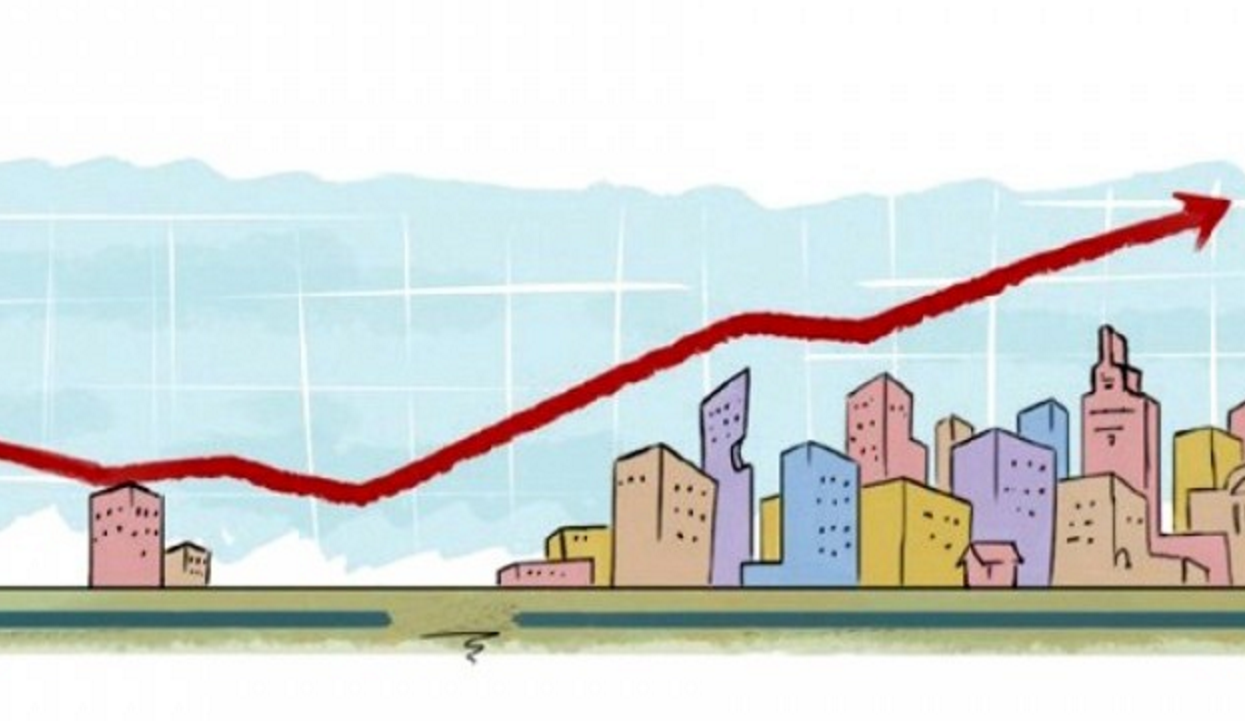Well, another year is coming to an end, and another record year for Sydney and Melbourne property prices is wrapping up. While Sydney has not seen the same double-digit growth as the two to three years prior, it has most certainly had another strong year, and Melbourne is steaming ahead with one of its best years of growth in a long time.
So, I thought it would be a great time to analyse the stark disparities between our two biggest cities (Sydney and Melbourne) and the rest of the country.
And let me tell you, there are some VERY big dichotomies indeed.
Since the GFC there has been a sensationally two-tiered pace of compounded capital gains across our major cities.
Sydney: 94.5%
Melbourne: 80.4%
Brisbane: 14.3%
Adelaide: 17.8%
Perth: 5.5%
Hobart: 6.7%
Canberra: 32.7%
(Source: CoreLogic)
From that data alone, it’s plain to see that since 2008 there have only been three cities that have beaten inflation if you compound the annual rate of return.
So why have Sydney, Melbourne and, to a lesser extent, Canberra flourished and the remaining cities languished? It’s a little more complex than a one sentence answer. However, there is some basic data that will go a long way to explaining the two-tiered pace of growth we have experienced.
Sydney, Melbourne and Canberra have a sound spread of employment sectors and are not reliant on one to two industries.
The mining and tourism downturns between 2008 and 2014 have significantly impacted jobs creations and economic stimulation in each respective state – however this equation is starting to stabilise in some key states. Population growth/supply and demand has remained strong in Sydney and Melbourne.
But that was then, and this is now.
It’s all good and well, crystal-ball gazing, ruing the opportunities missed in Sydney and Melbourne – but the tides are turning and some key data released by CoreLogic within the past month paints a picture that we have seen before. Below are some key insights.
Dwelling price to income ratios in Sydney and Melbourne are at all-time highs (8.4 per cent and 7.2 per cent respectively), while Brisbane and Hobart are all sitting at 2004 price to income ratios (5.7 per cent and 5.5 per cent respectively)
In fact, Sydney dwelling prices are now 70 per cent higher than Brisbane’s despite only a 14 per cent difference in household incomes! If we look back to the previous growth cycle Sydney experienced in the early 2000s, where Sydney dwelling prices peaked at 96 per cent higher than Brisbane’s – which was followed by a six-year flat period in the Sydney market and a five-year growth period for the Brisbane market – history certainly looks like it’s trying to repeat itself, wouldn’t you say?
Now. I’m not proclaiming that you should go out and buy everything in sight in the Brisbane market, nor the Hobart, Adelaide, Canberra or Perth markets – as there are some distinct economic headwinds and select oversupply issues in some of these markets that are going to see many uneducated investors lose out.
I will note, however, that there are some real signs of opportunity presenting themselves in markets outside of Sydney and Melbourne, and I for one am looking to take advantage of some strong countercyclical buying opportunities over the coming years.

No comments:
Post a Comment